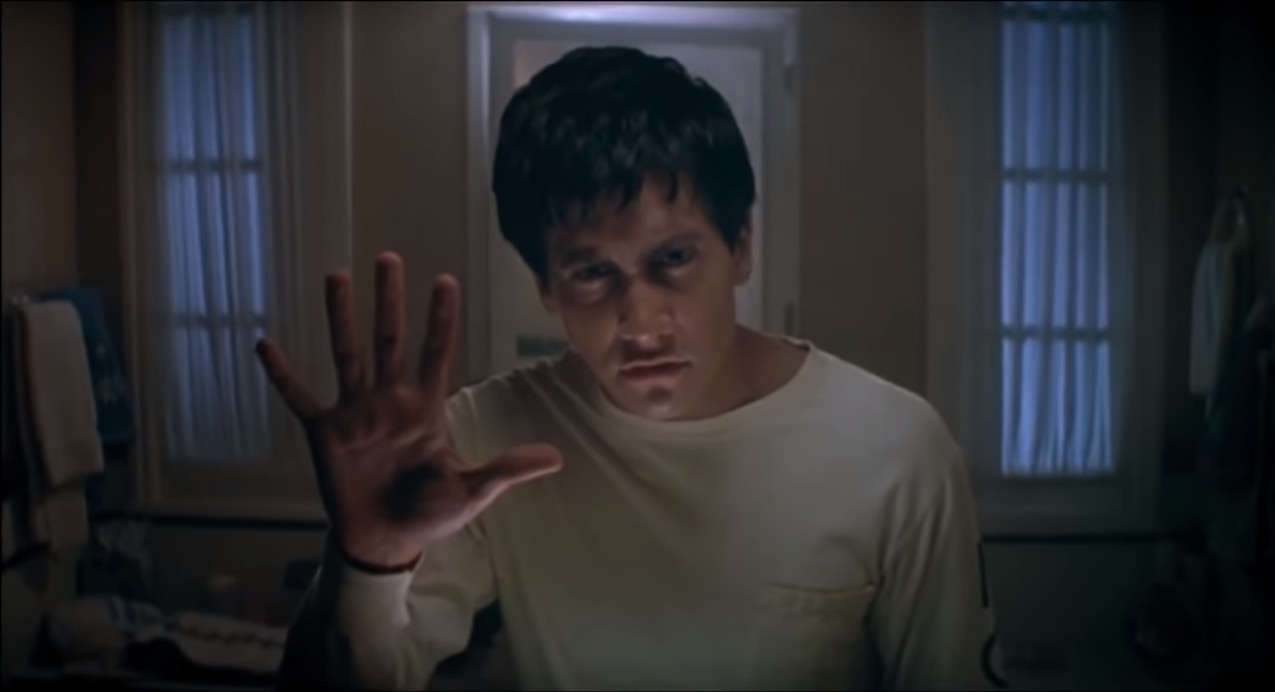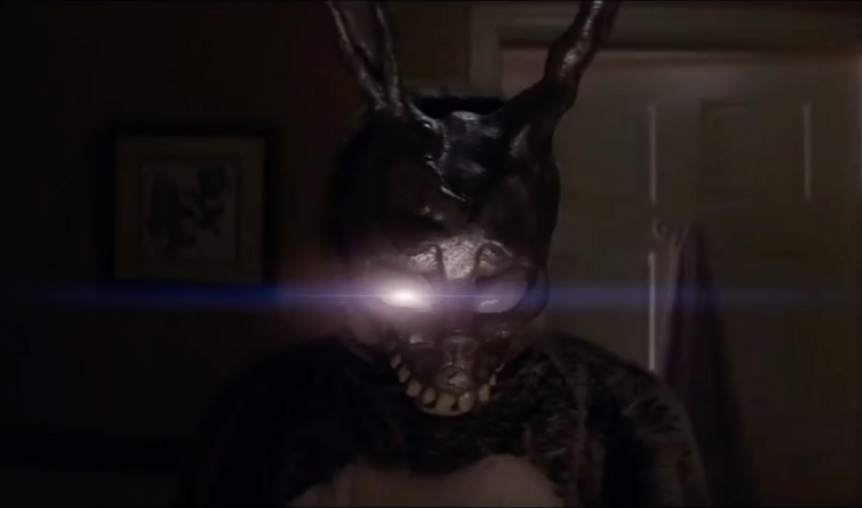Create a free profile to get unlimited access to exclusive videos, sweepstakes, and more!
New Study Finds People Follow Commands During REM Sleep
Use this knowledge responsibly.

Richard Kelly’s 2001 cult classic Donnie Darko (streaming now on Peacock) begins on October 2, 1988 – 28 days, 6 hours, 42 minutes, and 12 seconds before the end of the world. Our hero, the titular Donnie Darko, learns that crucial information while sleepwalking, from an anthropomorphic rabbit named Frank.
Generally speaking, information gained from mysterious creatures during an altered state of consciousness isn’t the most reliable, but in this case, Frank knows what he’s talking about. We often think of sleeping and wakefulness as two distinctly separate states of being. The conventional wisdom is that anyone in the waking world is, by definition, not asleep. Likewise, anyone sleeping is basically lost to the world, disconnected, adrift in a dreamworld. Now, a new study published in the journal Nature Neuroscience demonstrates that the boundaries between dreamland and the waking world aren’t as sturdy as we once thought.
Sleepers Respond to Commands While Dreaming
The study involved a cohort of 49 participants broken up almost evenly into two groups. Twenty-two of the participants were considered “healthy” or “typical” individuals while the other 27 have been diagnosed with narcolepsy, a sleep disorder characterized by an inability to control sleep cycles.
RELATED: How Christopher Nolan Saved Sci-Fi Cult Hit Donnie Darko from Purgatory 2 Decades Ago
The test was relatively simple; participants were asked to either smile or frown while in various stages of sleep. Meanwhile, they were connected to EEG machines which monitored brain activity to determine the sleep stage, and responses were quantified by watching the movements of corrugator and zygomatic muscles in the face. In short, each test aimed to ask two questions: What stage of sleep is the participant in? And do they respond appropriately to a simple command?
Positive response rates were consistent across all groups with the exception of “healthy” individuals in a slow-wave sleep phase. Otherwise, participants responded to external stimuli (a request to smile or frown) a majority of the time. On average, participants responded appropriately with the desired facial expression 70% of the time, but they were more or less responsive depending on the sleep stage they were experiencing.
Counterintuitively, responses to external stimuli were strongest during “high cognitive states” like REM sleep. Despite being popularly considered the deepest part of sleep, when you’re likely to be dreaming, it’s when you’re most susceptible to external stimuli from the waking world.
Instead of using this knowledge to control an army of semi-sleeping automatons, scientists suggest they might use these “transient windows of reactivity” to communicate with sleepers directly and learn more about what the brain is up to while we’re in dreamland.
Catch Donnie Darko streaming now on Peacock!















